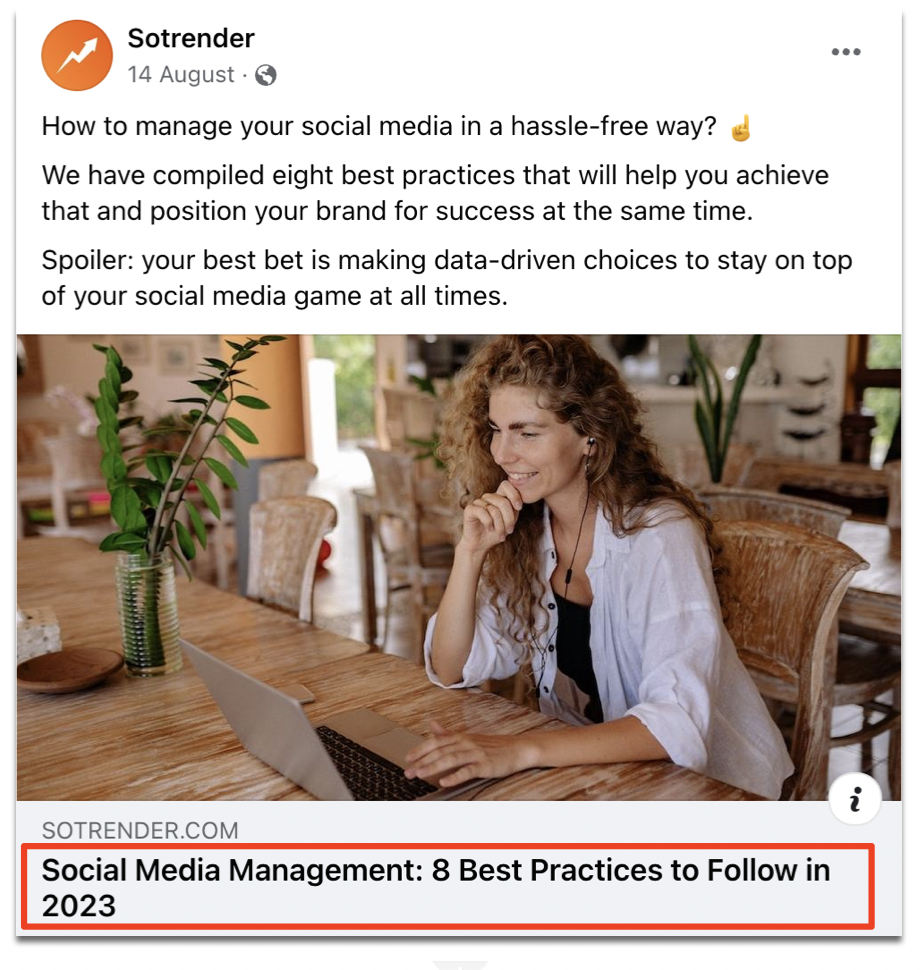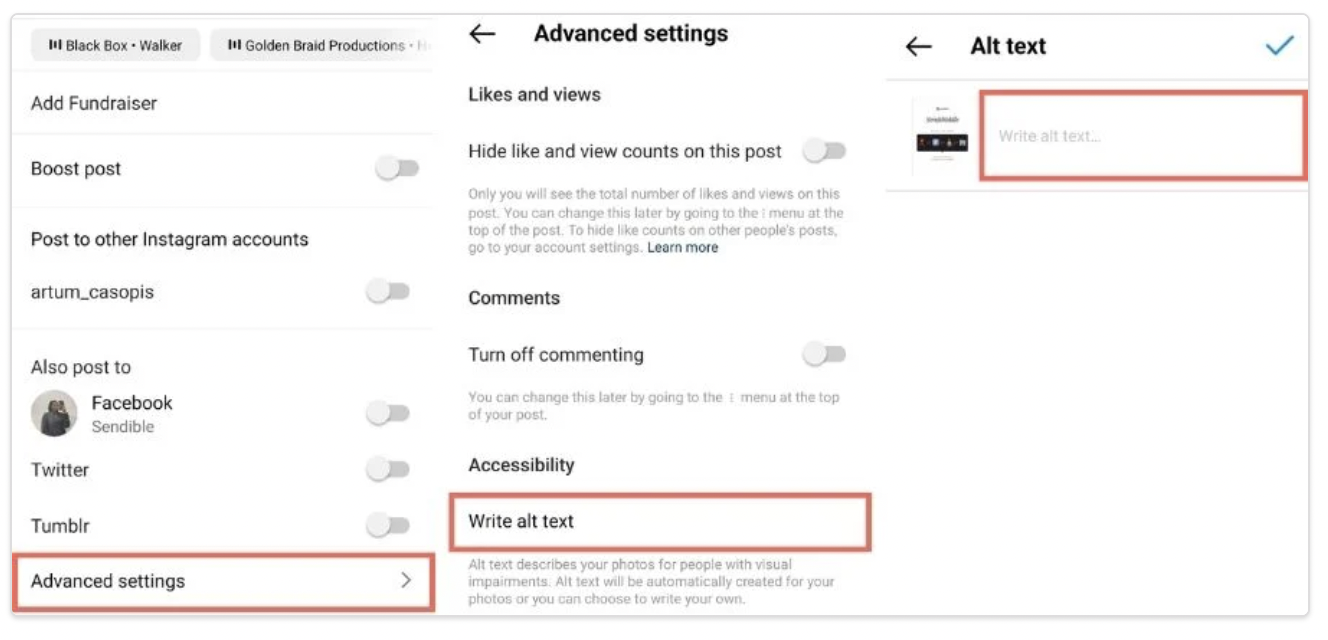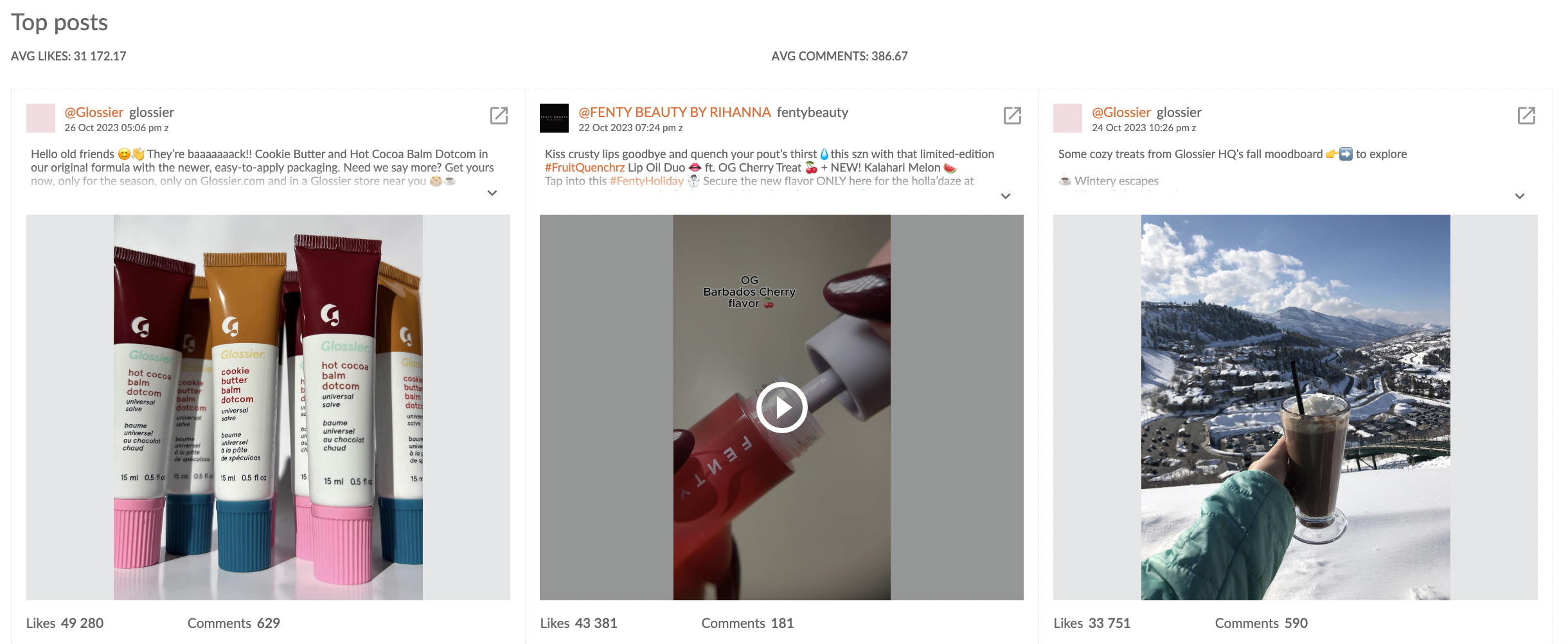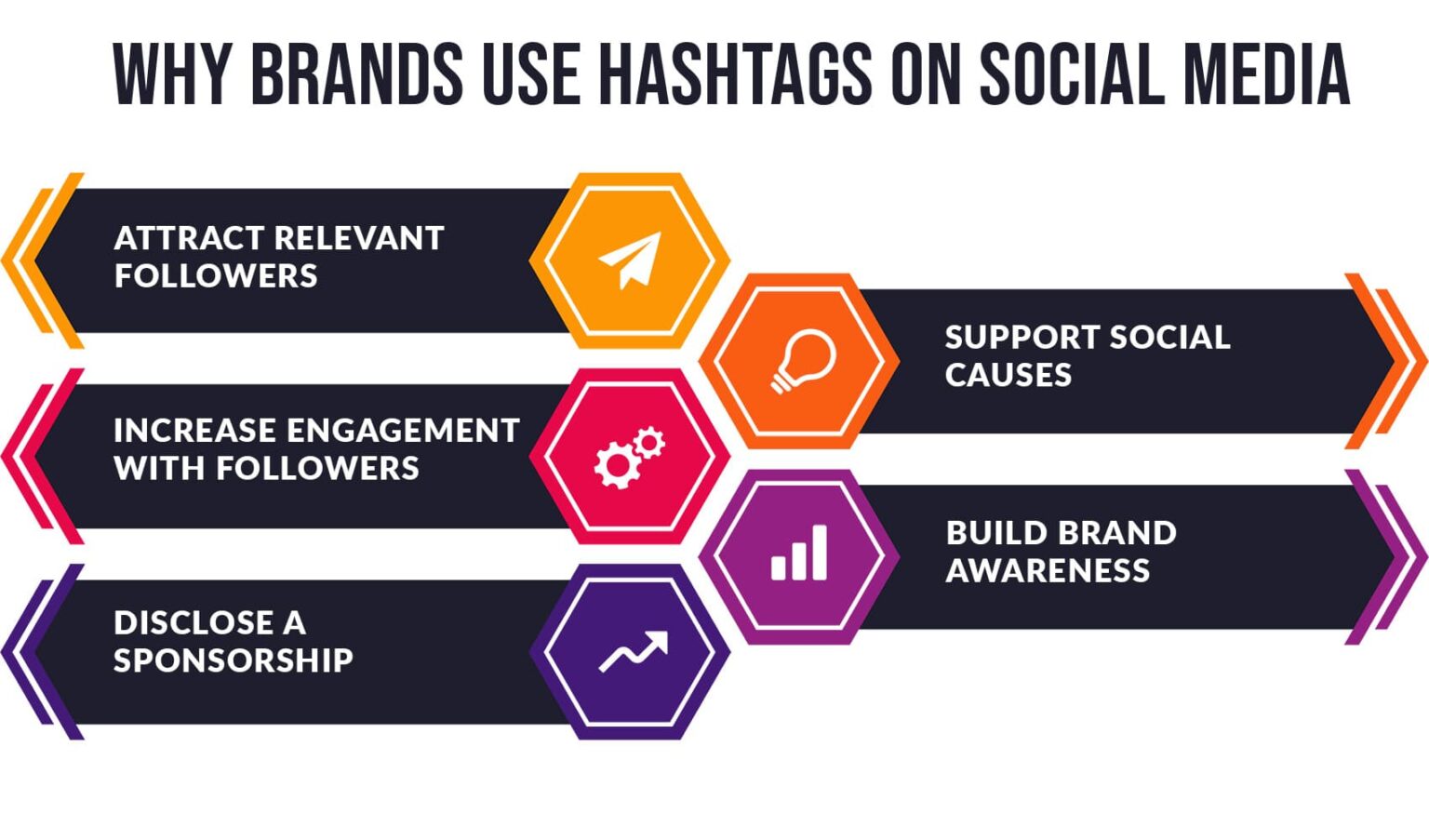In today’s digital landscape, social media plays a pivotal role for businesses, offering a powerful means to establish customer relationships, enhance brand recognition, and drive website traffic. To fully harness these advantages, it’s crucial to craft social media content that aligns with SEO principles also with the help of outreach link-building services, thereby bolstering your search engine visibility. Investing in social media SEO may be the lifeblood of online success, serving as the driving force behind increased web traffic and the cultivation of a loyal customer base.
5 Ways To Optimize Your Social Media Content for SEO
1. Research and incorporate relevant keywords
Conducting keyword research is a pivotal aspect of social media SEO (search engine optimization). Keywords are the terms or phrases individuals input into search engines when seeking information, and research aids in pinpointing the most effective keywords for your target audience.
Begin by considering topics relevant to your business and contemplate the questions people might have regarding them. These questions can be used to generate potential keywords. Keyword research tools can also be employed to identify pertinent terms. Following keyword identification, perform further analysis to gauge their effectiveness in reaching your desired audience.
Evaluate search results for each keyword and assess the competition levels. This gauges the difficulty of ranking for these terms on search engine results pages (SERPs). Additionally, examine monthly search volumes to gauge popularity among potential customers. The context surrounding each keyword should also be considered, helping refine the selection to those best suited for your content.
2. Optimize metadata
Optimizing metadata is crucial for enhancing the visibility and effectiveness of your social media content. Metadata includes elements like meta titles, meta descriptions, and alt text for images.
Meta titles
A meta title, often referred to as a title tag or a meta tag, is an HTML element that defines the title of a webpage. It’s a critical component of on-page SEO and plays a significant role in search engine results, user experience, and web browser behavior.
When preparing your social media tags be concise and descriptive. Craft a title that accurately represents the content of your post. Keep it brief and to the point while including relevant keywords.

Example of a meta title in a Facebook post
Incorporating primary keywords within the meta tag helps search engines understand the topic and relevance of your content. If possible, place important keywords towards the beginning of the title for better visibility.
Meta descriptions
A meta description is a concise summary or snippet of text that describes the content of a webpage. It’s an HTML meta tag that provides a brief preview of what a visitor can expect to find on that particular page. Meta descriptions are typically displayed in search engine results beneath the title tag and URL, giving users an insight into the page’s content before they click through.
Here are some pro tips to remember when preparing meta descriptions.
- Write a compelling description that entices users to click through to your content. Clearly convey the value or information they will gain.
- Integrate relevant keywords naturally within the meta description. This reassures users that the content aligns with their interests.
- Aim for a meta description length between 150-160 characters to ensure it displays well in search results.
Alt text for images
Alternative text, also known as alt text, is an attribute embedded within the HTML image tag. It serves as a textual description of the image, aiding visitors who can’t view the image directly. This feature is vital as it ensures search engines comprehend the image’s content and facilitates visually impaired users in accessing website content.

Adding alt text to your Instagram post, source
Despite its significance, many website proprietors overlook the importance of incorporating alternative text. Some erroneously believe that adding alt text is primarily for social media SEO purposes. However, its value extends beyond just SEO — it significantly improves accessibility and enhances user-friendliness.

Adding alt text to a LinkedIn post
Always try to provide a concise and accurate description of the image content that will serve users who cannot view images. If appropriate, incorporate relevant keywords into the alt text to improve the context and relevance of the image. Ensure that the alt text reads naturally and provides genuine information about the image. Avoid overuse of keywords.
3. Craft short and precise titles infused with keywords
One of the most effective strategies to ensure high rankings in search engine results is by employing brief, descriptive titles enriched with keywords relevant to your content.
When devising titles for your website’s pages or posts, it’s essential to remember that search engines prioritize titles when users search for information. Therefore, crafting titles that accurately and succinctly convey the page or post’s essence while integrating keywords associated with the topic is crucial. For instance, if you’re creating a blog post about maintaining a healthy diet, a suitable title could be “Healthy Eating Habits: Crafting a Well-Balanced Diet.” This title incorporates pertinent keywords like “healthy eating habits” and “balanced diet,” significantly boosting social media SEO rankings when users search for these terms.
Although the allure of longer or more artistic titles may be tempting for aesthetic appeal, it’s imperative to uphold SEO fundamentals during their creation. Search engine algorithms heavily emphasize keyword relevance in website rankings, underscoring the importance of integrating them effectively.
4. Incorporate links to external pages and websites
Integrating links to pertinent pages or external websites within your social media posts can elevate the credibility and authenticity of your content. Whenever you share articles, blogs, or valuable resources, ensure you include the relevant link. This practice can enhance user engagement and foster trust in your content.
Determine relevant and high-quality sources
Before adding any links, identify reputable and relevant external sources that complement your content. These sources should provide additional context, information, or credibility to your topic.
Use descriptive anchor text
Choose the anchor text (the clickable text that contains the link) carefully. It should be descriptive and give users a clear idea of what they’ll find when they click the link.
Insert the link
In your content, identify the appropriate location where the link should be placed. This could be within a sentence or at the end of a paragraph.
5. Utilize hashtags
Research and use relevant hashtags that align with your content and target audience. It’s important to strike a balance — use enough hashtags to maximize reach but avoid overloading, which can be seen as spammy.
Hashtags serve several purposes:
- Content categorization: They help organize content around specific topics, making it easier for users to find and engage with posts that interest them.
- Enhanced discoverability: Users can discover your content even if they don’t follow you, by searching for or clicking on relevant hashtags.
- Trending topics: You can join conversations about trending topics by using popular hashtags related to those discussions.
- Brand and campaign promotion: Brands often create unique hashtags to promote campaigns or events. This is to stimulate and encourage participation.
Tips for crafting compelling social media-SEO friendly content
When it comes to the art of content creation, it’s crucial to keep in mind that your primary objective is to make your content truly engaging. Compelling content has the power to captivate readers, drawing them in and holding their interest. So, how can you go about creating such content?
Here are some key steps to follow:
1. Begin with a captivating topic
Select a topic that is not only interesting but also relevant and timely for your target audience. Consider what might pique their curiosity and what questions they may have related to your subject matter. If possible, find a unique angle or perspective on the topic that instantly grabs their attention. Additionally, incorporate relevant keywords into your title to ensure your content stands out in online searches.
If you need more social media content ideas or data that will help you make up your mind about what content to produce, consider using a social media analytics tool. Sotrender can help you with both of these challenges.
You can use it either to understand which your top-performing content was over the last few months or to see which of your competitors’ posts were trending lately.

Analyzing competitors’ social media content with Sotrender
There is no need to wonder what are your target audience interests and preferences — this knowledge is at your fingertips.
2. Ensure accuracy
Few things deter readers more than inaccuracies or misinformation in your content. Prior to publishing anything online, rigorously fact-check all information. This involves scrutinizing your sources for accuracy and verifying any data points, such as statistics, used within your piece.
3. Write with passion
People have a deep affinity for stories, particularly those written with genuine passion and enthusiasm.
Boost your online visibility with social media SEO
In the dynamic and competitive landscape of digital marketing, social media SEO stands as a cornerstone for businesses aiming to connect with their target audiences effectively. This strategic approach enables businesses to craft content that not only resonates with their intended audience but also significantly improves visibility through search engine results.
Optimizing content with carefully chosen keywords and phrases simplifies the process for search engines to comprehend and deliver relevant content to users seeking specific information. The positive ramifications of creating SEO-friendly social media content are profound, ranging from heightened online visibility to increased opportunities for success in the digital realm.









